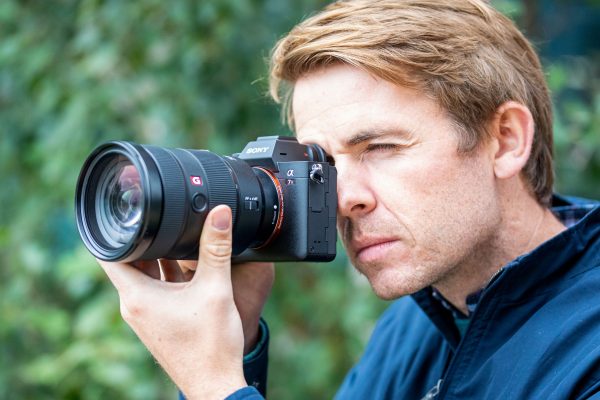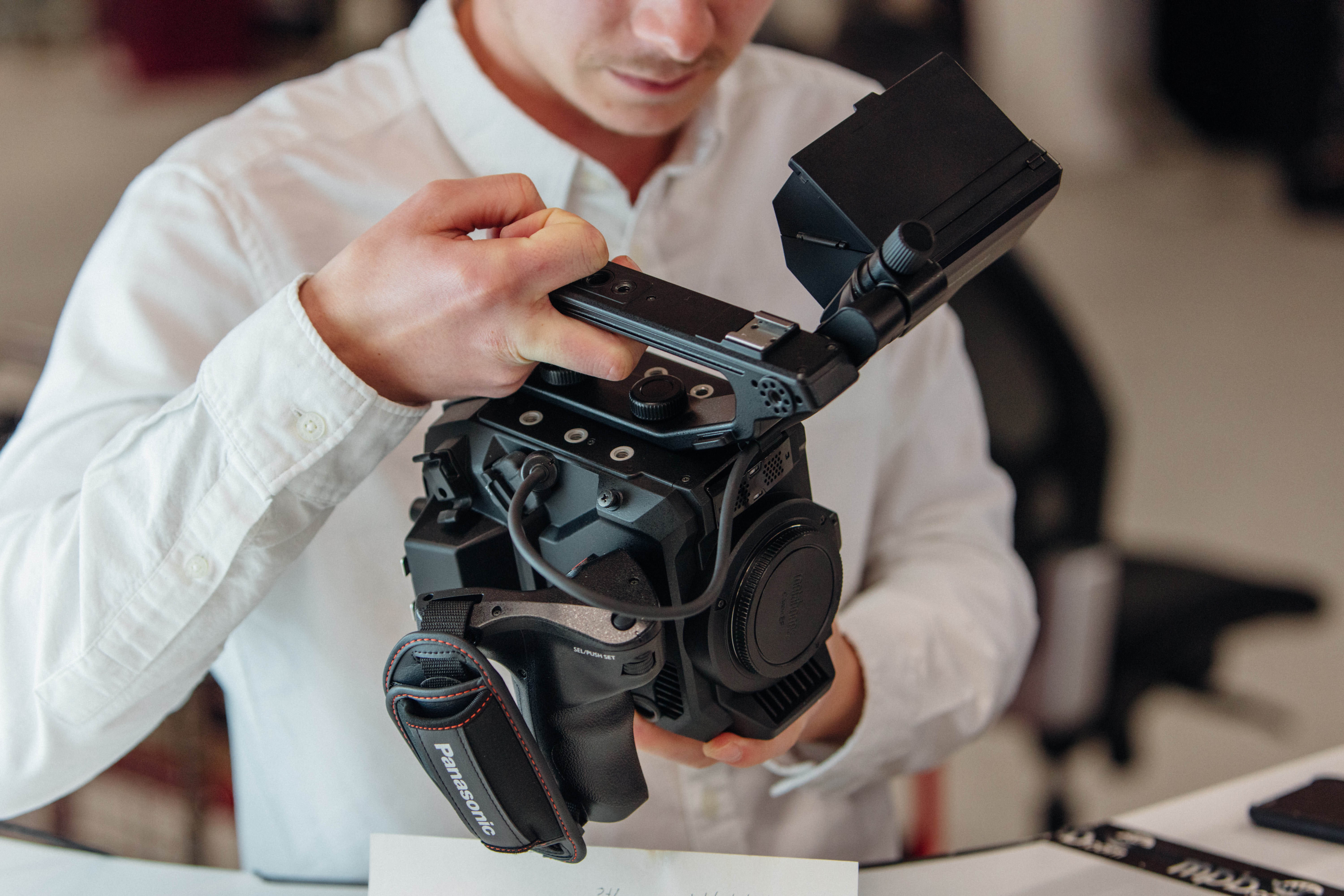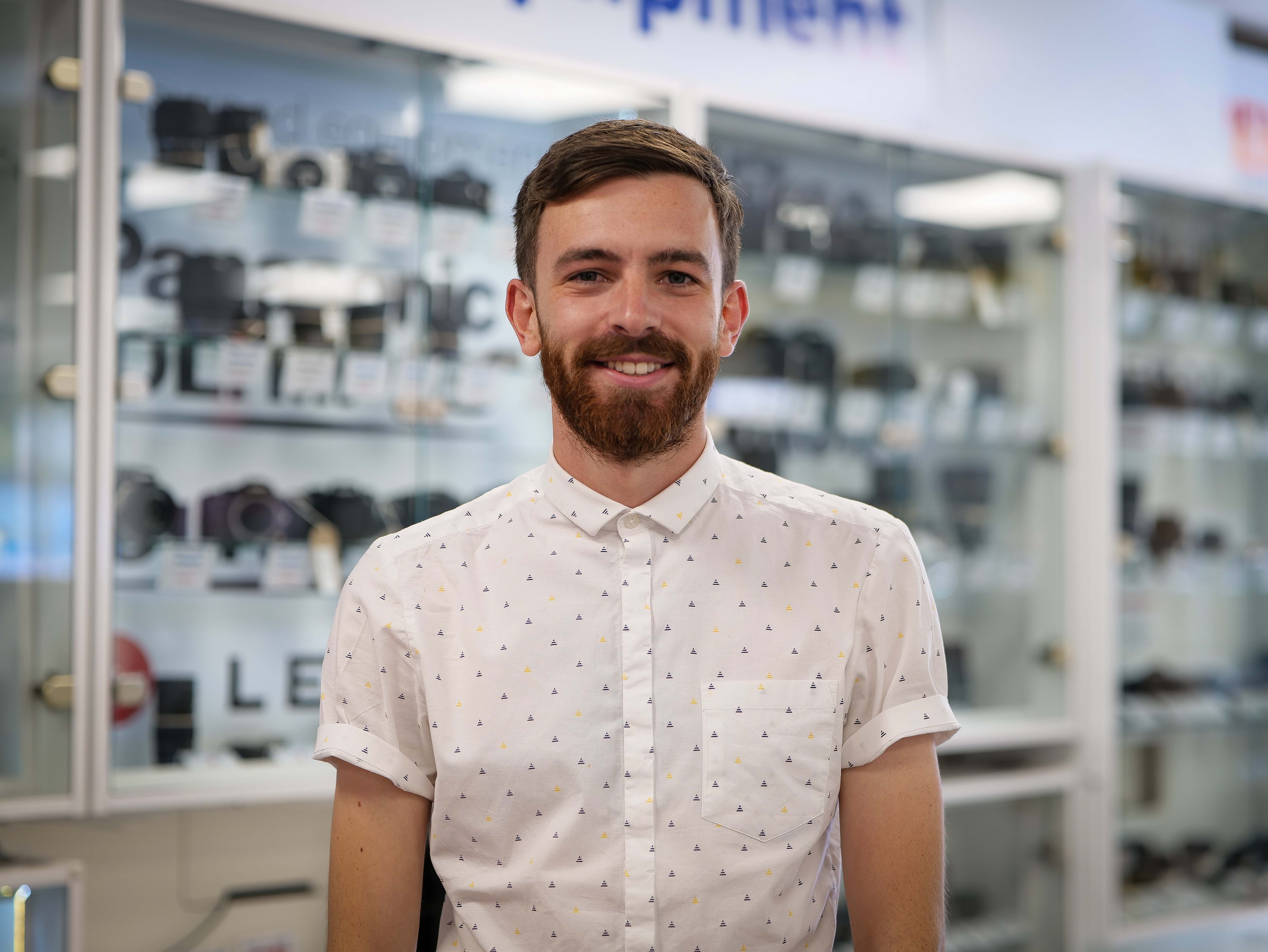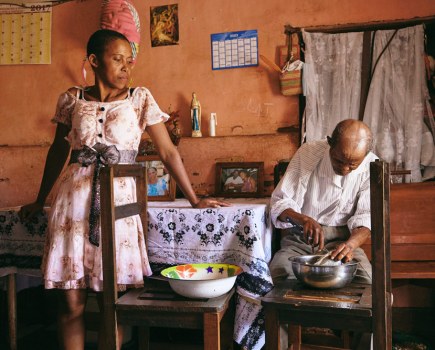The market for second-hand cameras and lenses has long been buoyant, as decent photographic gear comes at a price – you get what you pay for, while iconic brands such as Leica have always charged a premium. With prices of the hottest new releases at the moment relatively high (the Sony A7R IV for example is just shy of £3,500 body only), there is a strong demand for older models, which, while no longer at the cutting edge, can still deliver superb-quality images or video.
Or, with so many exciting new cameras coming out over the last 18 months, early adopters are keen to trade in and upgrade. The current economic uncertainty in the UK is also prompting more people to consider buying used, possibly for the first time. With this in mind, here are some insider tips to help you get the best price for your gear, especially when selling to a specialist retailer.
 Hot near gear like the Sony Alpha 7R IV prompts trade-ins from upgraders, and also interest in cheaper, less cutting-edge models
Hot near gear like the Sony Alpha 7R IV prompts trade-ins from upgraders, and also interest in cheaper, less cutting-edge models
Understanding how retailers price used gear
Used gear specialists such as MPB have invested a lot in their pricing technology, as Marc Read, a pricing analyst at the company, explains. “Our pricing systems run off historical data, so we look at current pricing in the market and the effect of new releases, but also demand can be seasonal. We see a greater demand for entry-level cameras coming up to Christmas, for example, presumably as people want them for gifts, or for telephoto lenses in the summer, presumably for travel or nature.”
“We adjust pricing based on demand, and often the release of a new model, such as the Sony A7R IV or Canon EOS 90D, will increase demand for the older models in the range, or see more coming in from people wanting to upgrade,” Marc adds. He also notes that companies eager to increase market share, such as Sony, often have quite volatile pricing strategies. “We now have great prices on the original Sony A7, around £500, so we are seeing a lot of people coming over to Sony.”
 MPB have invested massively in systems to check camera gear and set competitive prices
MPB have invested massively in systems to check camera gear and set competitive prices
Ensuring you get the best price for your used gear
A lot of gear-prepping before you sell it is common sense; it’s well worth giving your camera and lenses a good clean and getting all the accessories together. But what about cleaning the sensor? “We prefer cleaned sensors but it’s not essential, as we do our own really thorough checks,” Marc explains. You’d think even the slightest mark on the sensor might make a camera very hard to sell, but it’s decided on a case by case basis. “If the cost of replacing the sensor is more than the camera is worth, we won’t buy the camera in,” says Marc, “But if it’s a mark on the side that doesn’t affect the final image, it might be ok and we will adjust our price accordingly.”
Minor sensor marks and muck are one thing, but you really want to avoid getting fungus inside any cameras or lenses you hope to sell. As Aaron Bridgen, Used Product Manager for Park Cameras, explains: “generally we don’t touch anything with fungus or mould. Sometimes it can be removed, but it tends to come back and spreads very easily. Fungus can be hard to spot too, so you should always store your gear in a dry, non-humid place, even if it’s weather sealed.” Serious scratches and cracks on all but the most expensive lenses are usually a deal breaker, too.
 Aaron Bridgen from Park Cameras
Aaron Bridgen from Park Cameras
What about boxes and caps?
As for boxes, packaging and accessories, retailers tend to have slightly different policies. MPB, for instance, won’t mark down the price it gives you for your used gear if you don’t have have the box. “This has been our policy since the company started,” explains Marc Read. “But we do like to see original accessories, such as genuine batteries and battery chargers. Manuals are not essential as so many are online now.” Park Cameras, meanwhile, gives a slightly higher price if the original packaging is supplied, along with the original battery and charger. “We don’t penalise customers if they don’t have lens or body caps, however, as we have mountains of them here,” explains Aaron Bridgen.
Used Nikon specialist, Grays of Westminster, however, will pay more for cameras and lenses with the original box, packaging, instructions and receipt/warranty. “It shows buyers that the original owner has really taken care of everything; if buyers have a choice of a camera or lens with the box and original literature, and one without, they will usually go for the former,” says founder Gray Levett. “For us, it’s all about attention to detail.”
The above tips are also relevant if you decide to sell on an auction site such as eBay or a classified site, so the next time you take delivery of a brand new camera or lens, think about keeping everything ship-shape for when you decide to sell or part-exchange it. As Maz Caudle, Part Exchange Business Manager at Wex Photo Video, puts it: “we have fully trained inspectors who look very carefully for anything that might put the next buyer off.” That is how you need to be thinking too…








